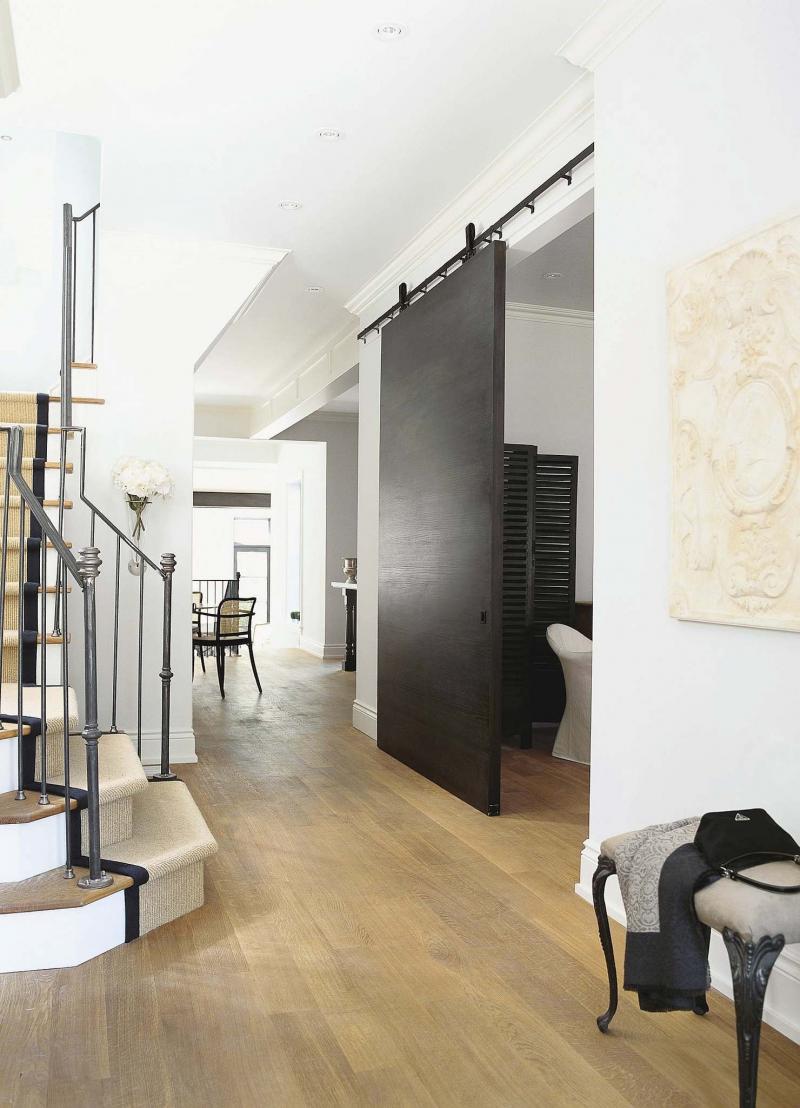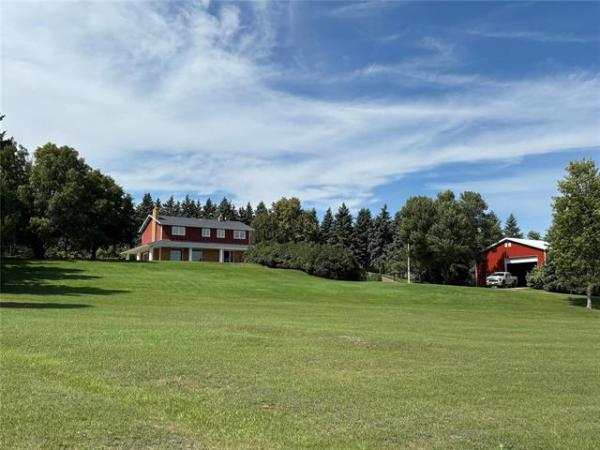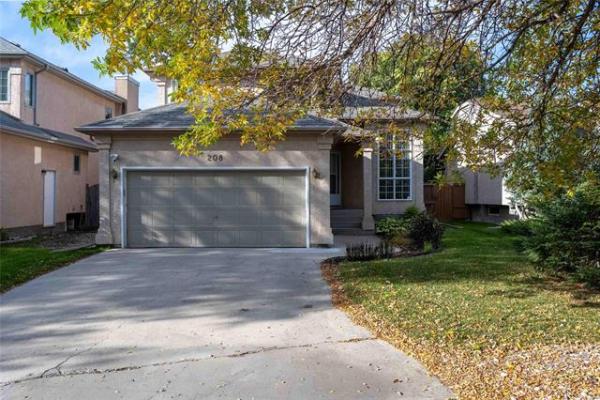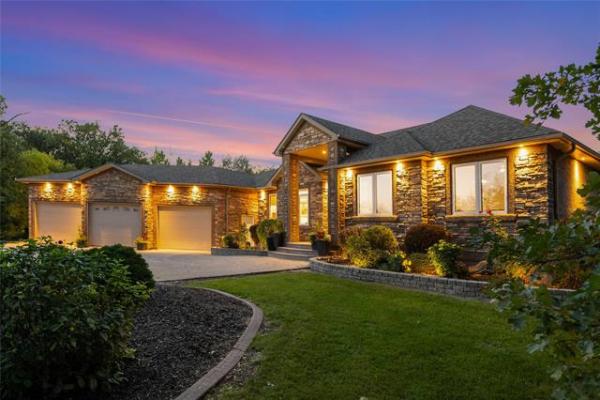
James Tse
Many newer flooring products are produced with the mindset of installation over other newer materials.
Question: I am looking at purchasing Canadian-made red-oak-engineered hardwood flooring. I plan on installing it on my main and second floors.
My home was built in 1958 and features one-by-six plank Douglas Fir subfloor, with joists spaced 16 inches on centre. It’s blocked at the edges and cross bracings are found between the joists. The existing pine floor does squeak a bit, due to loose boards, but the structural integrity remains intact.
I fully intend to fasten the subfloor down using 2½-inch deck screws and use the manufacturer recommended vapour barrier.
Is my subfloor sufficient to lay the new engineered product over? The manufacturer’s installation instructions do not mention plank subfloors and suggest a minimum 5/8-inch thick plywood.
— Daniel Brutto
Answer: Modern flooring products, like engineered hardwood, are often designed to withstand normal wear and tear better than many types of older flooring. There should be little concern with installation over your existing floor, with proper preparations, but checking with the manufacturer is always a good idea, and will ensure they honour any warranty, should you have a problem after upgrading.
Your question illustrates a common issue — adapting newer building products for use in older homes. While your concern may only be one of poor communication on the part of the manufacturer, often the problem goes deeper.
Many newer products are produced with the mindset of installation over other newer materials. Older homes, built in the last century, often have materials that are different dimensions than in today’s new homes. While this is mostly an issue with matching materials in two dimensions, it can also affect the application and longevity of the new product.
Modern technology in homes in our area began in the 1960s, with the use of plywood sheathing mostly replacing wooden planks. The plywood was superior in strength for the same thickness, primarily due to the laminating properties. Plywood layers are laminated with the grains running perpendicular to each other, in successive layers. This property, combined with the excellent adhesive qualities of the glue, makes it much stronger than most softwood boards used for sheathing. It will be considerably stronger than pine or spruce boards, and even better than the Douglas Fir used in homes like yours. While the fir may increase in density and hardness as it ages, it also becomes more brittle and subject to cracking as it dries out. So, gaps, cracks and loose nails in the old subfloor may be responsible for some of the squeaks you are hearing.
To help prevent the noisy floors, the older boards should be re-secured to the floor joists prior to any work being done on the new flooring. It is at this point where you have a decision to make. The ideal scenario may be to pull up all of the soft pine flooring, screw down the old fir sheathing and install a layer of plywood over top, fastening with subfloor adhesive and longer screws, directly to the floor joists, through the old planks. This would ensure you have a substrate that meets the requirements of the manufacture of your new engineered flooring, while ensuring no noise is heard from the old subfloor beneath.
While this method may be a "best practice," it could be overkill if your existing flooring and subfloor is not that loose. In that case, simply screwing down both layers of softwood at the same time, directly to the floor joists, may be enough to prevent a squeaky floor afterwards.
To determine which option to take, two items should be addressed. Firstly, the underside of the fir subflooring should be inspected from below. If the bottom of the joists are open in the basement, this should only require a good light and a keen eye. Looking to see if there are gaps between the fir planks and the joists, excessive cracks, loose knots, debris, dirt or sawdust — these may be signs of loose boards. Have someone walk on the floor above, or jump lightly, directly above you when you are in the basement. If you become covered with dirt or debris during this exercise, then pulling up the top floor boards may be warranted, to allow noise free floors after the new upgrades. If your ceiling is finished in the basement this step may be difficult to impossible to achieve, so move on to the second item.
Check the online website, or phone any available toll-free number, for the manufacturer of your chosen engineered flooring product. Ask if the double layers of older wood would be equivalent to the plywood sheathing recommended, as far as strength is concerned. It should hold the flooring fasteners just as well as plywood, unless it is excessively cracked or damaged. So, concentrate your inquiry as to the suitability of your existing floor and whether the company will honour any warranties should you proceed in the manner your have suggested. If they say an unequivocal no, then ask about removal of the existing pine and replacement with plywood, over top of the fir boards, and I’m sure the response will be positive.
If they agree that the two layers of old wood is just as sturdy as one layer of plywood, and will not void the warranty, then get your screw gun and go crazy. One other caution: always pre-drill the holes for the new screws, all the way into the floor joists. You will find that if you do that, the boards will pull downward when you bury your screwhead below the surface of the flooring, rather than pushing slightly upward if no holes exist.
Unless your old floorboards are excessively loose, cracked, or otherwise damaged, they should be suitable for installation of new engineered hardwood flooring over top, provided they are re-fastened properly and will not void any manufacturer’s warranty, if left in place.
Ari Marantz is the owner of Trained Eye Home Inspection Ltd. and the past president of the Canadian Association of Home & Property Inspectors — Manitoba (cahpi.mb.ca). Questions can be emailed to the address below. Ari can be reached at 204-291-5358 or check out his website at trainedeye.ca.
trainedeye@iname.com



